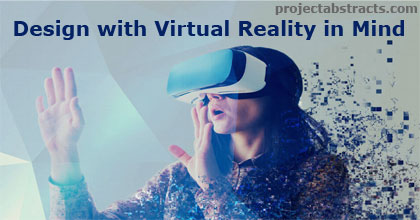This paper features an analysis of how some games are better designed for virtual reality than others and what we can learn from the games that work better to improve those that do not work as well.
The thesis will briefly go through some of the problems in working with virtual reality. Data was collected by letting ten participants play four different games with the Oculus Rift and then answer questions related to their experience with these said games.
Did the game cause the feeling of discomfort or create a sense of presence and did the game somehow break that presence? Based on the collected data and the analysis, the results indicate that some types of games work better than others for virtual reality, but that some design decisions can carry over to other games, granted with some effort, but that it is better if a game is created with virtual reality in mind from the start of the development.

Design with Virtual Reality in Mind
Virtual Reality has become more popular in the game industry since the funding of Oculus Rift on Kickstarter and due to the fact that this area is not as well researched as in other areas of game design, it is hard to know how to develop a game with virtual reality in mind for the first time.
The purpose of this paper is to see how well different games work with virtual reality and compare them to see what the better games have in common. Can we use this knowledge to make the games that are not as good, better for virtual reality?
Source: Uppsala University
Authors: Augustsson, Linus